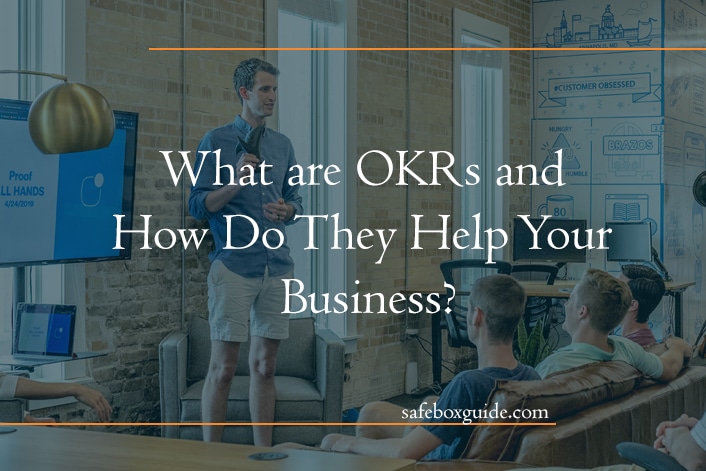OKRs (Objectives and Key Results) are a goal-setting framework that helps organizations align and connect their employees’ work to top-level organizational goals. OKRs were initially created and popularized by Intel and later adopted by Google as well as many other tech companies. Here are some key things to know about OKRs and how they can benefit your business.

Contents
Objectives Define What You Want to Achieve
The “O” in OKRs stands for “objectives” – these are qualitative, high-level goals that are inspirational, memorable, and engaging. Objectives should be significant, concrete, action-oriented, and time-bound. For example, an objective could be “Launch our new website in Q2.”
Key Results Measure Progress Towards the Objective
The “KR” represents “key results” – these are measurable metrics that mark progress towards achieving the stated objective. Effective key results are specific, time-bound, aggressive yet realistic, and easy to grade with values like numbers, percentages, dollars, etc. For an objective like launching a new website, for example, key results could include achieving certain metrics around traffic, conversion rate, revenue from the site, and uptime.
Alignment Connects Goals Across the Organization
Well-designed OKRs created using an OKR template create vertical and horizontal alignment across the organization by cascading top-level company goals down into departmental and individual OKRs. They provide transparency into how each employee’s work ladders up to the company’s priorities and mission. This alignment of goals is powerful for improving execution and engagement in the workplace, both in-person and with remote teams.
Focus Brings Attention to What Matters Most
OKRs create focus by clearly articulating the few most important goals for each planning period. Having just 3-5 objectives and their accompanying 3-5 key results per objective prevents organizations and employees from getting distracted by too many competing priorities. This focus helps teams execute exceptionally well on the goals that matter most right now.
Tracking Monitors Progress Over Time
OKRs are committed to publicly and known by everyone in the organization. Their progress is continually tracked through key results that are updated and graded regularly (at least quarterly, if not more frequently). This provides visibility into how teams and organizations are trending against their targets. Tracking also enables agility through data-driven decision-making.

Stretch Encourages Ambitious Targets
The key results connected to objectives should feel somewhat uncomfortable and stir some doubt about whether they can be fully accomplished. This provides stretch and ambition that energizes people to give their very best efforts. However, targets should not be so extreme as to seem impossible or demotivating if missed. If employees feel like targets are completely unattainable, they won’t be motivated to even try, which means workplace productivity will fall.
OKRs are a powerful goal framework that helps organizations increase strategic and operational alignment, focus their efforts on what matters most, track progress toward ambitious targets, and ultimately drive better performance and outcomes. By clarifying objectives and their associated measurable key results, employees stay unified and motivated around the organization’s highest priorities.

